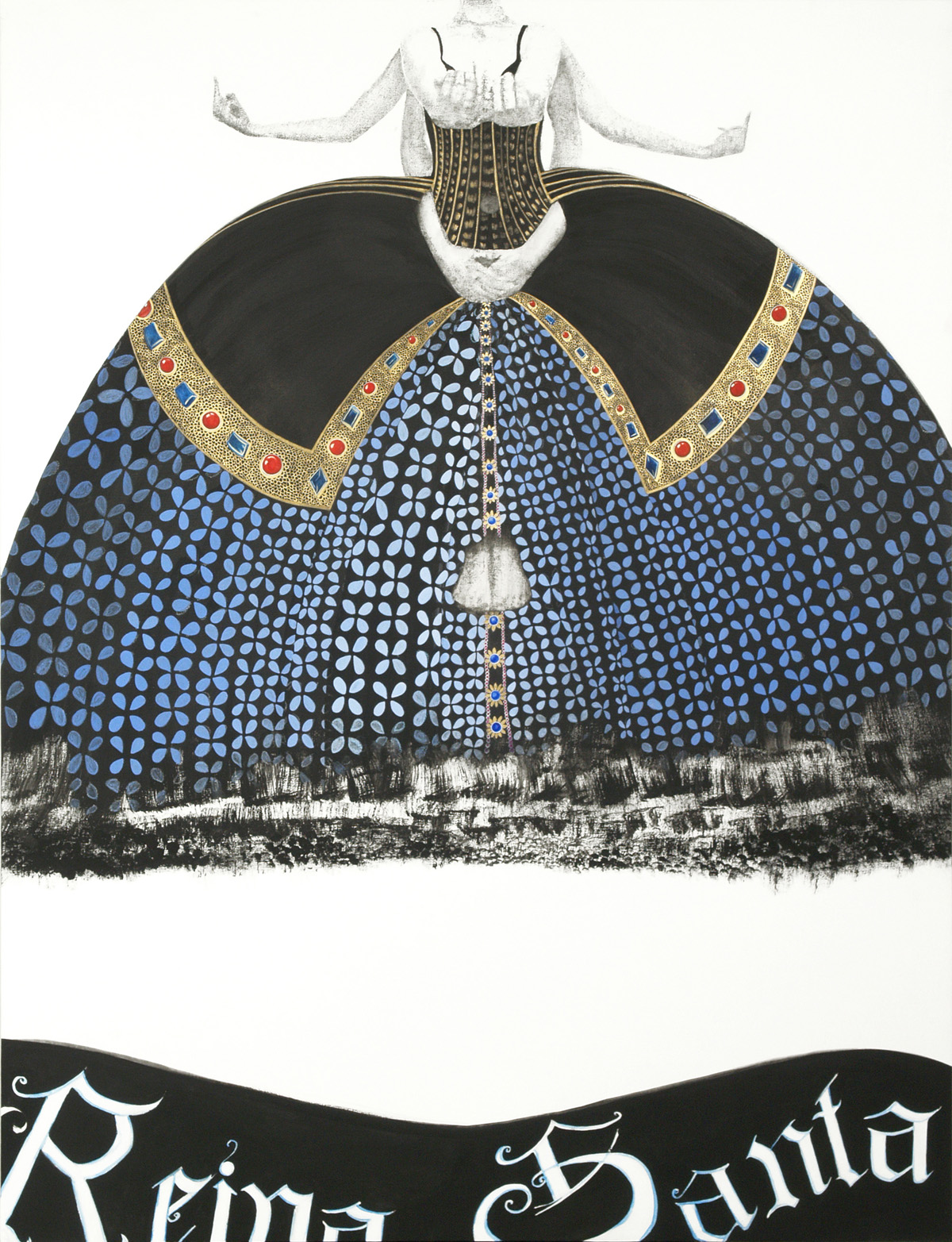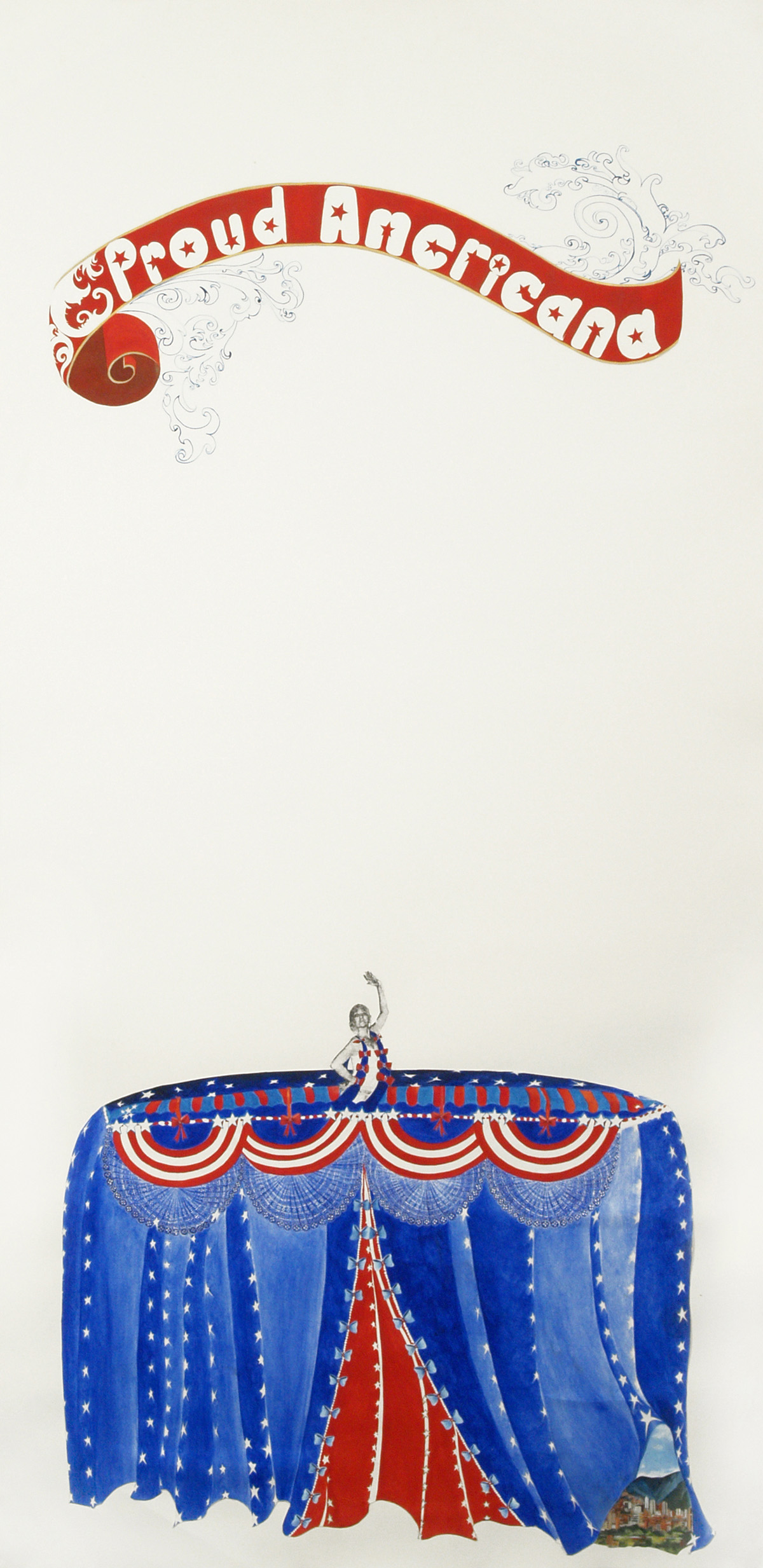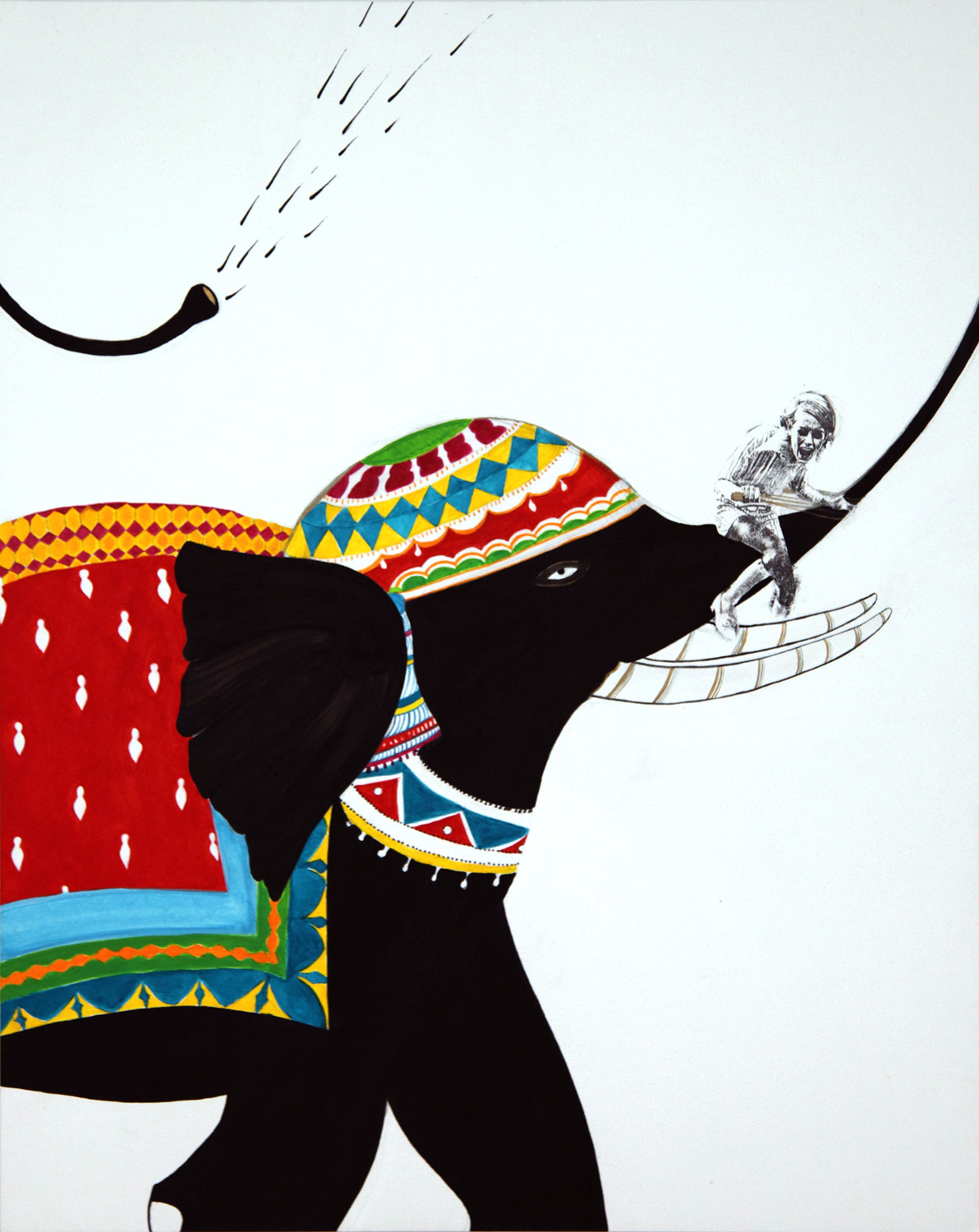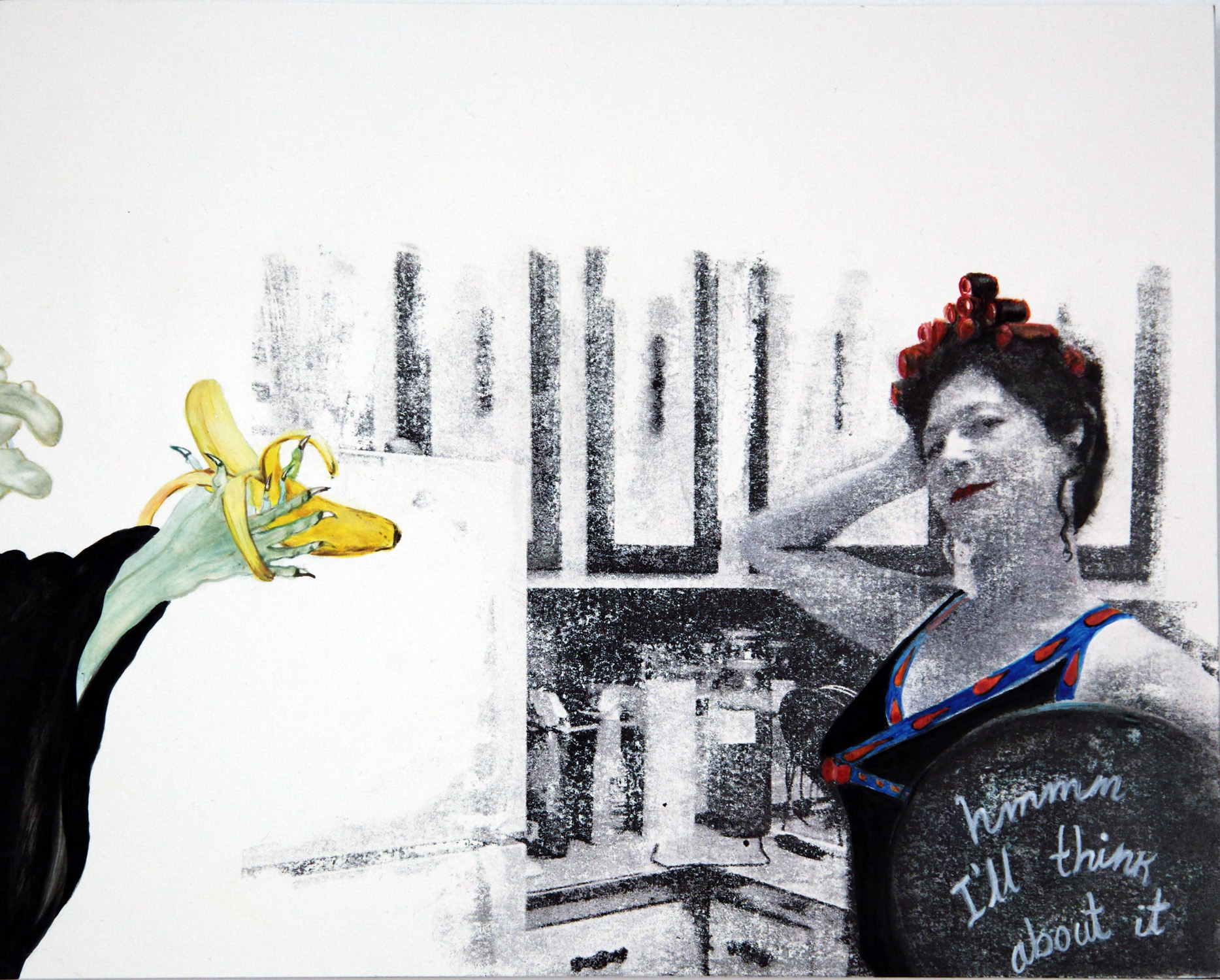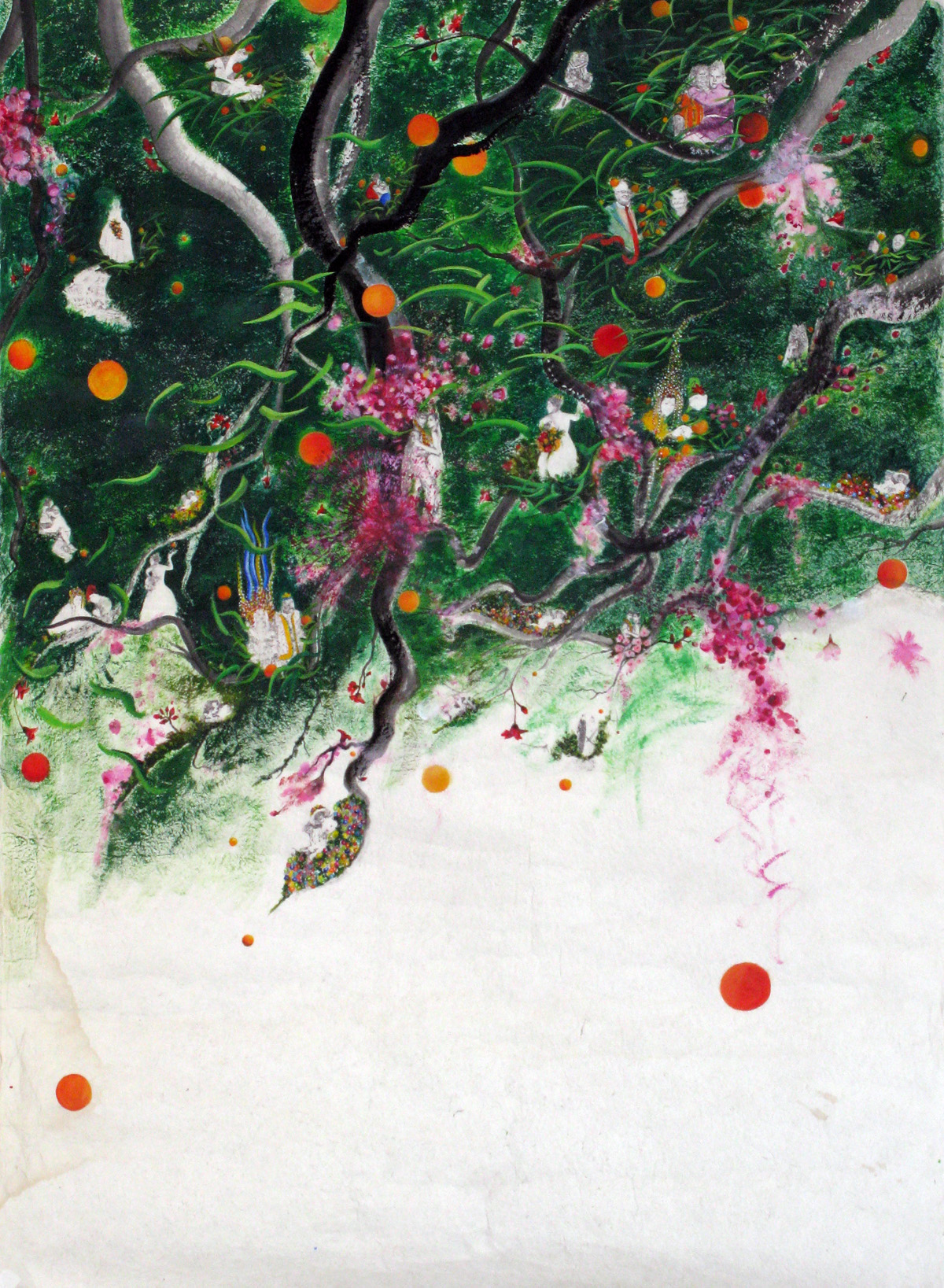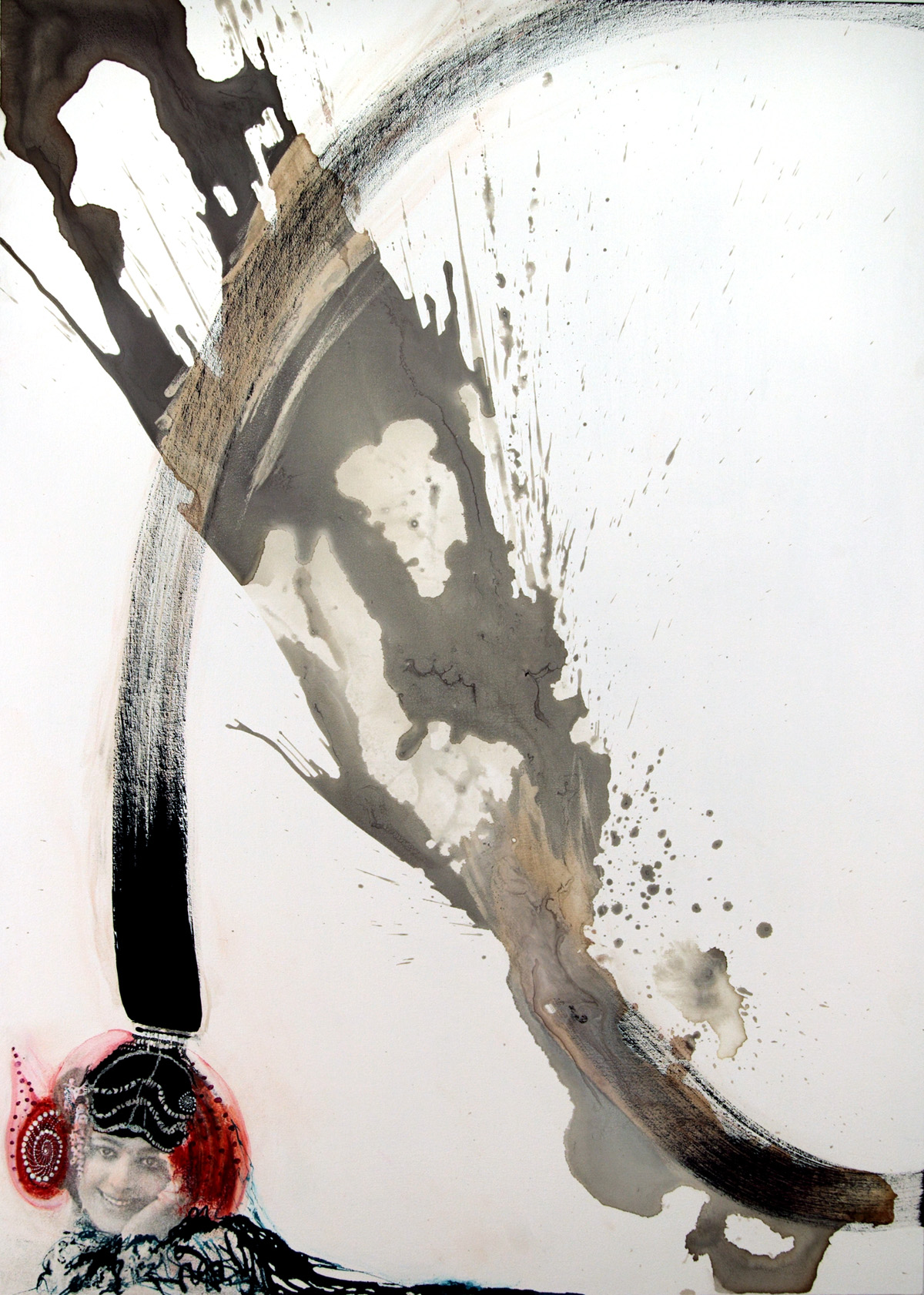Interview with Sandra Mack Valencia edited by Valeria Federici, Art Editor – valeria.federici@positive-magazine.com
All images courtesy of the artist.
Sandra Mack Valencia is a New York-based artist originally from Medellin, Col0mbia. Her work has been recently featured in “The (S) Files 2011”, the sixth edition of El Museo del Barrio’s biennial which shows the most innovative, cutting-edge art created by Latino, Caribbean, and Latin American artists currently working in the greater New York area.
You are from Colombia and you currently live in New York City. What was like to be an artist at home and why did you leave?
To answer this question let me place things into the right context first. I was born and raised in Medellin, Colombia, and since a very young age I already knew I wanted to become an artist. My father was a very talented and disciplined painter. I watched him follow the same routine Monday through Friday from 1pm to 6pm, sitting in front of his canvases and working on new paintings all the time. He was a very traditional painter with little interest in the business side of art. All he got from his painting routine was exactly what he was asking for: the plain and simple joy of doing beautiful things -beautiful to his eyes and to his friend’s eyes. I attended art school during my teenage years, and got my Bachelor’s degree in Visual Art from La Universidad de Antioquia, a wonderful place where you had the luxury of sharing with a rare mixture of social classes. From the richest to the poorest, we were all the same once we were in the classroom.
Looking back, because of my young age, because of my personal history, because Medellin was the place where I started my career –a city with a narrow art scene, where selling art was a luxury left to the same names that controlled the art market. I was a very naïve artist in Colombia. I had this “ideal” concept of what an artist should be. From my perspective, art was pure and incorruptible. In a city where you had to live with violence every day, especially in the 80’s, art was there to purify, to bring hope, and to unify.
I moved to New York City in 2000. I felt the need to leave my beloved city because I had this need of seeing new people and new landscapes. My life in Medellin was on one side too comfortable, and on the other side, too scary. I was afraid I was getting numb from witnessing so much violence. I was truly afraid I would become insensitive. In my nuclear context, I did have a very comfortable life, and incredibly enough there is such thing as getting tired of being too comfortable.
Being an artist in New York has widened up my views about art. To start with, I have no idea what art or an artist “should be”. The art scene here is so broad and raw. You have the opportunity to experience a cultural richness that embraces you and overwhelms you at the same time. This is a fast-paced city and I love it! New York has also had an impact on the way I think of the art market. When I was in Colombia, making money from art was something I did not even consider. In New York it is something most artists pursue. Getting a gallery and selling work seems to be a major concern, and it is seen as part of the art practice. There is no shame in making a living out of art. We are artists, we live for art, and we deserve an income from our art practice as well.
One thing that has not changed is that I still believe Art is here to unify and to bring positive energy to our lives.
Woman seems to be a central theme of your work, often portrayed with elaborated dresses coming from the Spanish tradition yet extremely contemporary. Who are the women in your paintings?
The women in my paintings are usually my mother, myself, or any random photograph of a stranger who enchants me with a pose or a gesture. However, most of the times when I use images of people I know, or my own, they are just part of a composition. I look more for a gesture than a face. Even though my features appear in many of my drawings, I don’t recognize myself in them. My paintings are not portraits, so the bodies and faces I use are there to personify a universal feeling or concept rather than to portray an individual.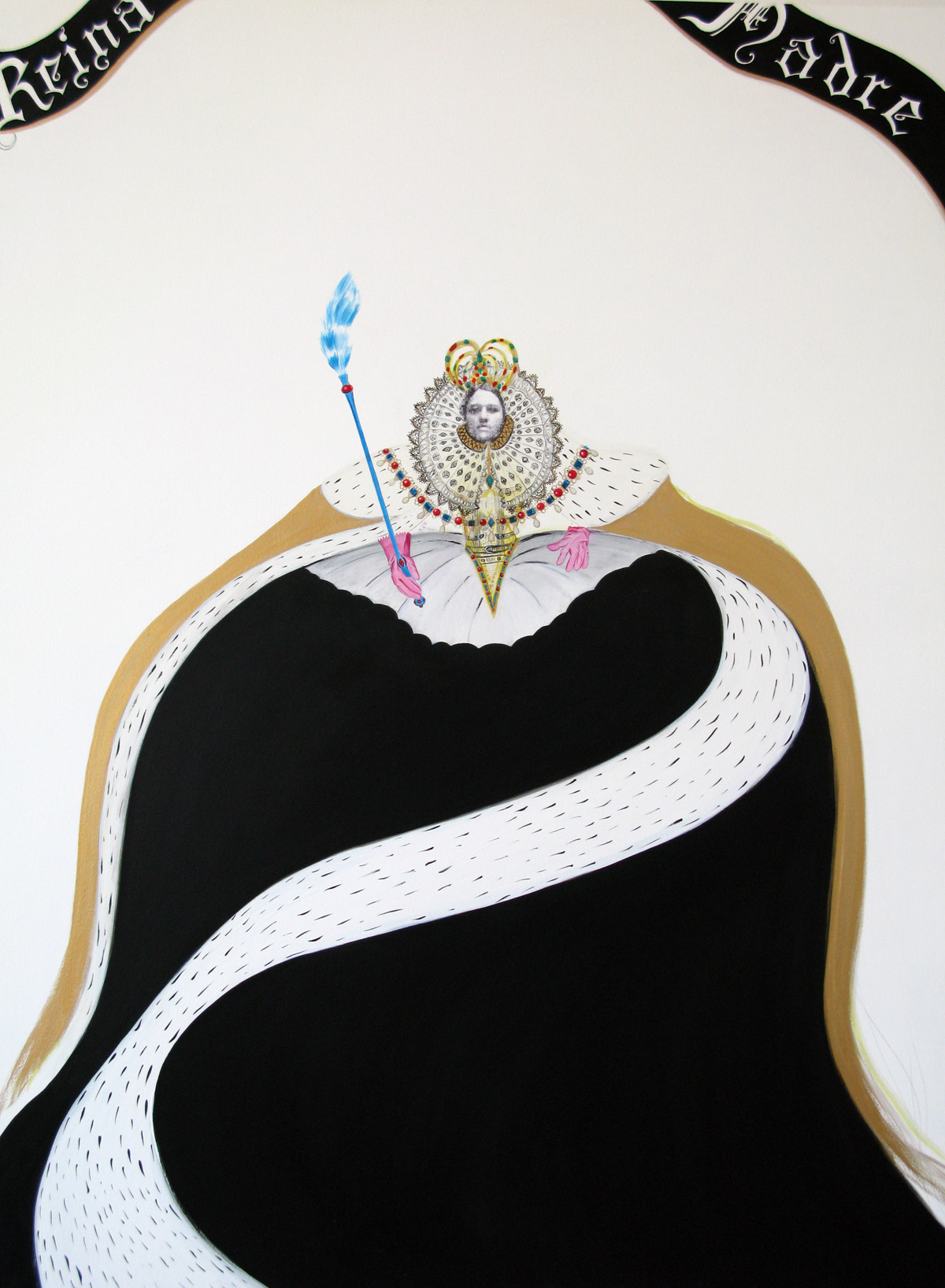
I really don’t know how or when my work became so centered on using a woman character. I remember looking at a bunch of drawings in my studio and thinking…hmmm, this is very gender oriented. Then I realized it was only natural to have women so often in my paintings, considering that I did my kinder garden, basic school, high school and associates degree in exclusively women schools. That is a good 15 years in a row of my life surrounded only by women.
Quote: “It took me a few years to realize that besides political, social or moralizing work, it was also possible to make art with a strong aesthetic component, work that obeys impulses and sensations.” Could you explain that statement?
Sure, I received my Bachelor’s in Colombia from La Universidad de Antioquia, and finished my Master’s degree at Hunter College in New York. Both colleges are very competitive, have great reputation and follow high standards. However, art school has its own stigmas and stereotypes. If you ever saw the movie Art School Confidential or read the chapter about art education in the book Seven Days in the Art World by Sarah Thornton, you would have an idea of what we experience during art school.
I was pushed to come up with elaborated concepts and be “prepared” to defend my work in front of a class of eager art students, we were following our own paths and having our own ways of looking at the art world. I do believe art needs to have a reason to exist, but at some point I felt that whenever someone would define your work as being “beautiful” far from being a compliment, that was a negative statement. I do remember once I spoke up and told the class that I was doing B work, and to understand B as in beautiful, Yes, I was using the “B” word, and telling myself and my peers that beautiful was not synonym of weak.
If it were possible to catalog an action, an idea, or a literal piece of shit as art, then why to be so reluctant to accept beautiful forms that would follow an aesthetic necessity? I am not saying that art should not have a concept, but sometimes it comes from the concept, and sometimes it originates the concept. I guess what I am trying to say is that art is so indefinable and so extensive, that it allows and embraces many styles, ideas, ways, etc. There is no universal and sole truth when it comes to art. So yes, beautiful things can be art too.
What next?
Right now I am working in a project of a series of paintings to be exhibited in the St. Paul The Apostle Church in New York. This is a group exhibit that opens in September. I am very excited to be part of it, especially because of the location. Having contemporary art in a church seems out of place, but I see it as reuniting two old lovers. Also, as I had stated before, I believe that art brings us together. I can only smile when I think that my last solo show was in a sex shop, and now I will be showing in a church. That is the unifying power of art.
I am also working on a collaboration piece with London based artist Nicola Anthony as part of a project between tART, a New York-based collective of women artists, and The Fabelists, an international arts, performance and literature community. By the end of August, we will be exhibiting the results of this collaboration in London and New York.
More info on Sandra Mack on sandramackvalencia.com




